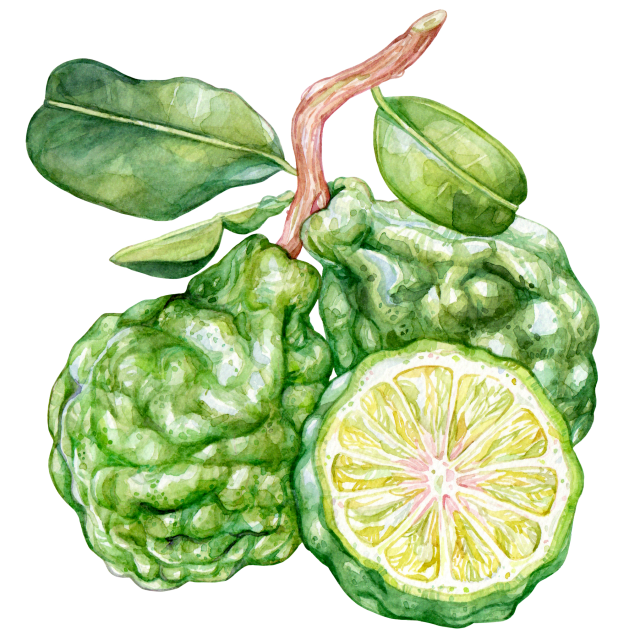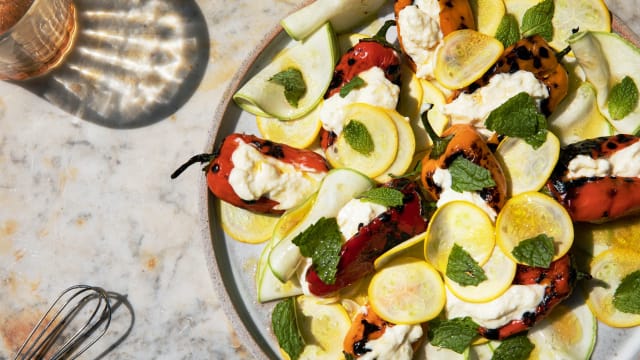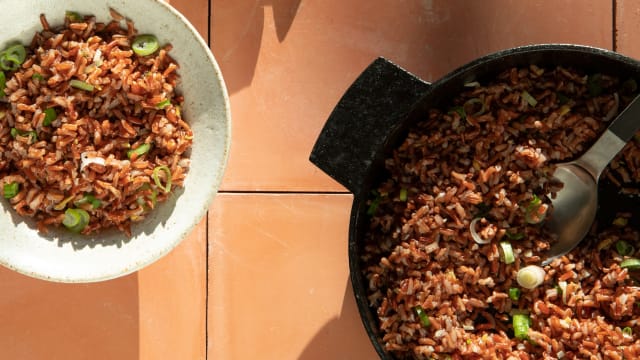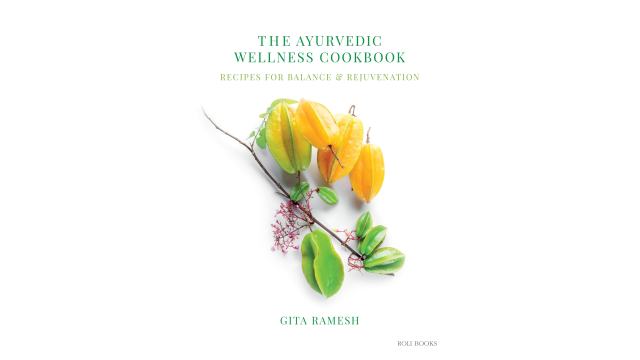Lemon
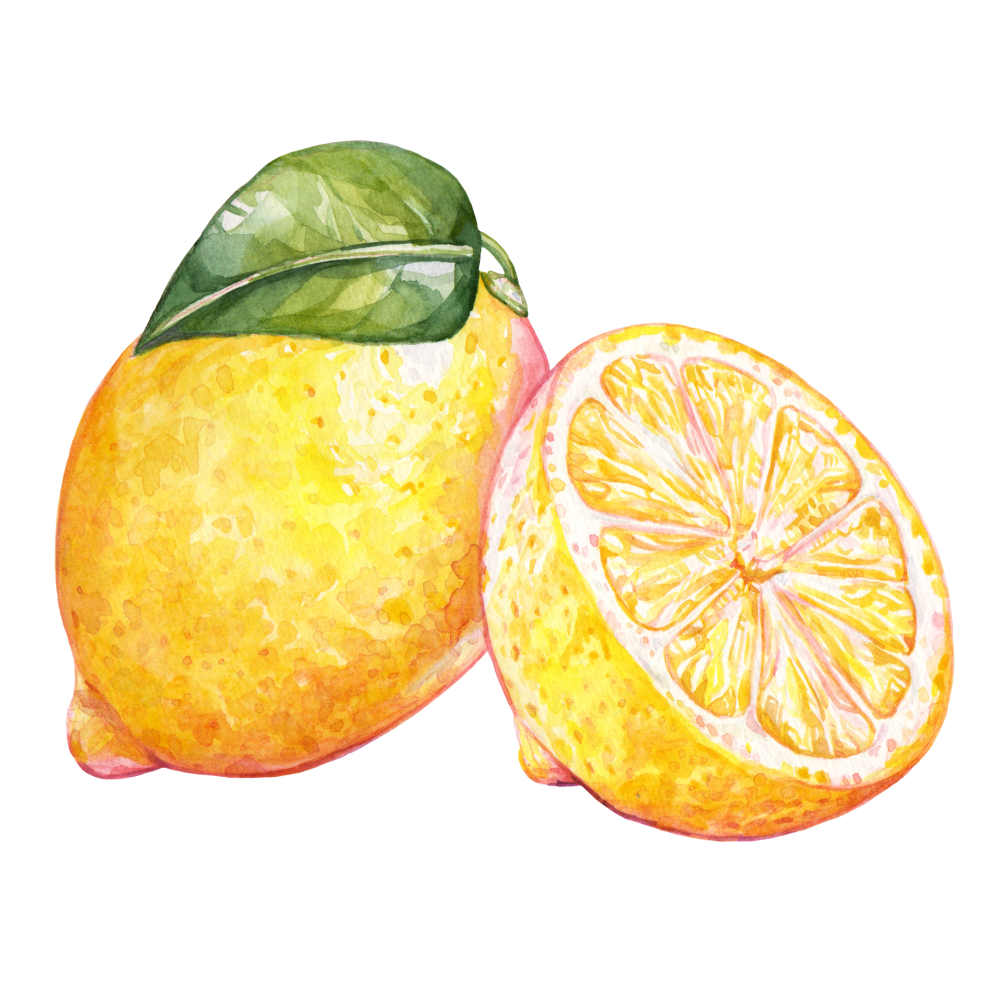
Latin name: Citrus limon
Other names: nimbu (Hindi), limón
Uses: fruit, juice, dried, pickled, preserved
What are lemons?
The ubiquitous citrus fruit on kitchen counters around the world lends its signature tang to everything from lemonade to hollandaise. Sharing its genetic heritage with the citron – a citrus fruit said to have existed before there were people around to eat it – the versatile lemon has been considered divine, used as medicine, featured prominently in paintings, and even influenced farming practices for centuries.
Why are lemons healthy?
High in vitamin C and a source of vitamin B-6 and potassium, lemons possess numerous antimicrobial, antifungal, and anti-inflammatory properties. Studies suggest anti-cancer properties as well due to the flavonoids and antioxidants present in lemons.
What do lemons taste like?
Bright, fragrant, tart and tangy, lemons are intensely aromatic and flavorful. The zest contains the strongest citrus notes. Its flavor can be described as being an aromatic mix of rose, lavender, and pine with a tinge of herby notes.
How do I use lemons?
When cooking with lemons, especially the juice, make sure to use nonreactive cookware and avoid aluminum or copper. Lemon juice tenderizes protein, brightens vegetables, and can also prevent cut fruits from turning brown, but add it after cooking to retain the vitamin C. For the zest, it’s best to use unwaxed or organic lemons, or blanch them in boiling water and then scrub the skin well before grating (only the yellow rind, not the bitter white pith).
Preserved or pickled lemons are a staple from India to Italy, especially in Morocco, where they’re cured in barrels of salt. Lemons “cook” ceviche without using heat. They’re a central flavor in Sicilian kitchens, featured in everything from salads to all manner of grilled and fried foods to lemon granita.
What do lemons pair well with?
Lemons love raw and cooked vegetables, especially greens like spinach, kale, and arugula. The juice’s bright acidity enhances countless dishes and cuts through fat; that’s why it’s added to rich, creamy sauces. Lemon is also a star in desserts like tarts and meringue pie.
Where do lemons grow?
All citrus fruits today have descended from three species — mandarin, pomelo, and citron. Citron, which along with bitter orange formed the hybrid that created lemons, was likely first found growing in Asia around India, Myanmar, and China. From there, it spread to Rome, which is also credited with first introducing lemon to Europe around 100 CE. By the mid-20th century, Southern California was the world’s top producer of lemon, but today, India, Mexico, China, Argentina, and Brazil together account for the bulk of the world’s lemon produce.
How to buy lemons:
They should be bright and firm, with no soft spots. They'll keep longer in the fridge than in your fruit bowl.
Fun lemon fact:
The earliest recorded preserved lemon recipe can be found in a 12th-century Egyptian medical cookbook called On Lemon, Its Drinking and Use.

